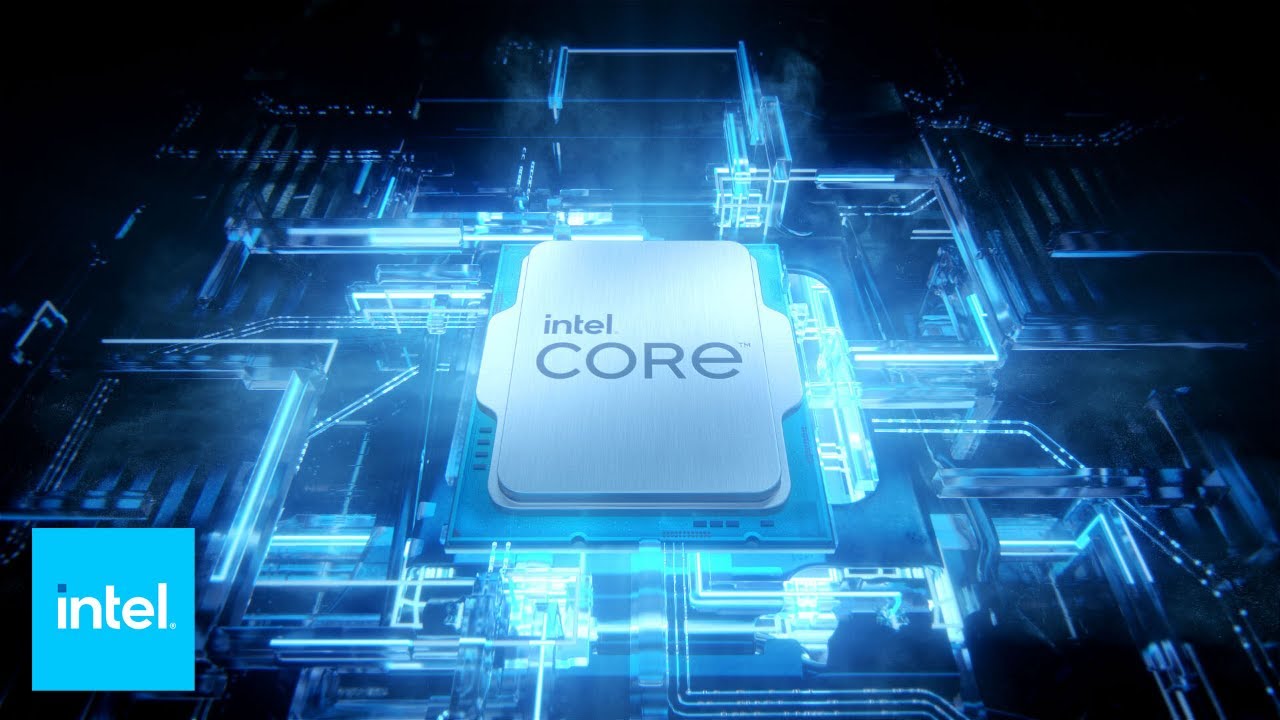Intel's Upcoming Core i7-14700KF Nearly Hits 6 GHz in New Benchmark
Intel's Raptor Lake Refresh Core i7-14700KF spotted with clock speeds similar to the previous generation's i9-13900KS

Intel's upcoming Raptor Lake Refresh Core i7-14700KF CPU has been spotted on Geekbench by @BenchLeaks on X (Twitter), hitting clock speeds of nearly 6 GHz. The chip's performance in Geekbench is significantly faster than that of its predecessor, with a score roughly the same as Intel's flagship Core i9-13900KS.
[GB6 CPU] Unknown CPUCPU: Intel Core i7-14700KF (20C 28T)Min/Max/Avg: 5467/5985/5902 MHzCodename: Raptor LakeCPUID: B0671 (GenuineIntel)Single: 3097Multi: 21196https://t.co/BP5xRy767QSeptember 27, 2023
In the single- and multi-core benchmarks of Geekbench 6, the Core i7-14700KF scored 3092 points and 21713 points, respectively, making it 9% quicker than the Core i7-13700K in the single-core benchmark and 18% quicker in the multi-core benchmark. The Core i7-14700K's score in the multi-core test is close to that of the Core i9-13900KS, with just a 2.4% performance margin between the two. But the Core i9-13900KS still has the upper hand in the single-core test, where it's 9% faster (likely due to the memory differences between i7 and i9 chips).
The highlight is the Core i7-14700K's clock speed, which reportedly reached a maximum frequency of 5.985 GHz during the test. The extremely high clock speed matches that of the Core i9-13900KS, which is the only Intel CPU to date that packs a turbo frequency of 6 GHz without the aid of overclocking.
The fact that we're seeing nearly 6 GHz on the Core i7-14700K/KF suggests that Intel had more headroom in its Raptor Lake Refresh than originally expected. Previous reports estimated the minor architectural refresh would peak at 6 GHz at most — including the Core i9-14900K, meaning the Core i7-14700K/KF was expected to clock a lot lower to prevent internal competition between the two chips.
The Core i7-14700K's reported clock speed suggests we could see speeds well above 6 GHz on the Core i9-14900K/KF/KS. Even the Core i5-14600K might be able to achieve 6 GHz with overclocking. MSI was recently spotted making 6.3GHz overclocking profiles in its motherboard BIOS for the Raptor Lake Refresh, providing even more evidence that we can expect the chips to break the 6 GHz barrier.
Having additional frequency headroom would be very useful for Intel's upcoming 14th Gen Raptor Lake Refresh parts, which are reportedly getting a price hike over Raptor Lake. Intel's new parts will need to be noticeably quicker if it wants its 14th-gen chips to entice buyers.
Get Tom's Hardware's best news and in-depth reviews, straight to your inbox.

Aaron Klotz is a contributing writer for Tom’s Hardware, covering news related to computer hardware such as CPUs, and graphics cards.
-
Order 66 I'm still waiting for a 6GHz all-core on a 64-core 128-thread CPU using a casual 10,000W. I would gladly pay $100K for it. /sReply -
Giroro Oh cool, only 2 more GHZ to go and we'll finally reach the target spec for the first Crysis.Reply -
peachpuff Reply
Just gotta extend the pipeline a bit to 50+ stages and intel should be able to squeeze out that magical 10ghzrichardvday said:I'm still waiting for 10ghz ... netburst was supposed to hit that. -
hotaru251 "nearly hits 6ghz" is a bit of a stretch...it was 5.5ghz.Reply
i'd say 7-9 is 'nearly"
not 5 and under. -
anbello262 Reply
"The highlight is the Core i7-14700K's clock speed, which reportedly reached a maximum frequency of 5.985 GHz during the test"hotaru251 said:"nearly hits 6ghz" is a bit of a stretch...it was 5.5ghz.
i'd say 7-9 is 'nearly"
not 5 and under.
99.75% of the speed counts as "nearly" for ne -
_dawn_chorus_ But at what temps/power draw is the real question? As a consumer it's not that impressive if it draws 300w and needs to be built into the side of a glacier to maintain a functional temp.Reply
Like thanks Intel but I'll just wait the extra 30 seconds for my render to finish... -
TerryLaze Reply
You don't go after high single thread to do renders...it's to make all the other stuff faster that can't use all available cores, and users that do need that will be very glad to get it._dawn_chorus_ said:But at what temps/power draw is the real question? As a consumer it's not that impressive if it draws 300w and needs to be built into the side of a glacier to maintain a functional temp.
Like thanks Intel but I'll just wait the extra 30 seconds for my render to finish...
Also they won't mind, even if it does have higher power use, because they don't use 100% of the CPU 100% of the time, so max power draw is completely irrelevant to them.
Sidenote:
You can get 245W out of an 13900k with a $20 cooler...
https://www.tomshardware.com/features/intel-core-13900k-cooling-tested/2"The $20 Assassin 120 R SE sustained 5055MHz (an increase of 333MHz) with the CPU consuming an average of 245W. This shows some of the improvements Raptor Lake brings over Alder Lake, as the i9-12900K only maintained up to 4900MHz while consuming the same amount of power - and required a hefty liquid cooler to maintain that speed in Cinebench. The score achieved here was 37,555 points, approximately 10,000 points higher than our i9-12900K scored with top-tier cooling. "